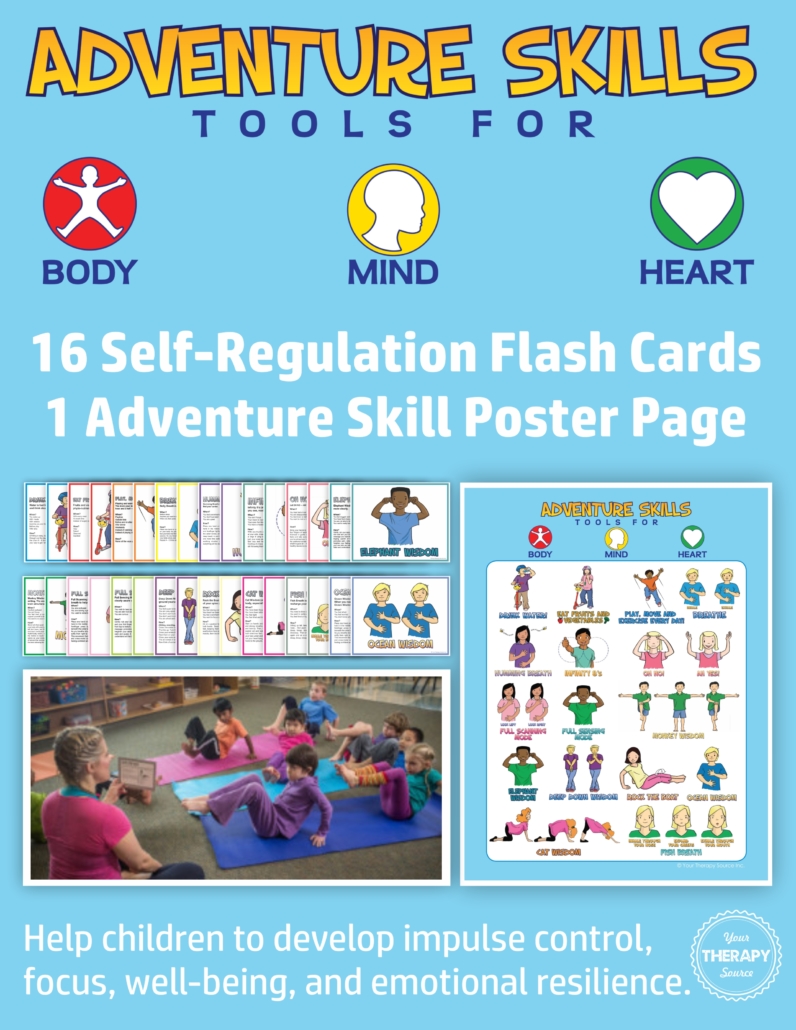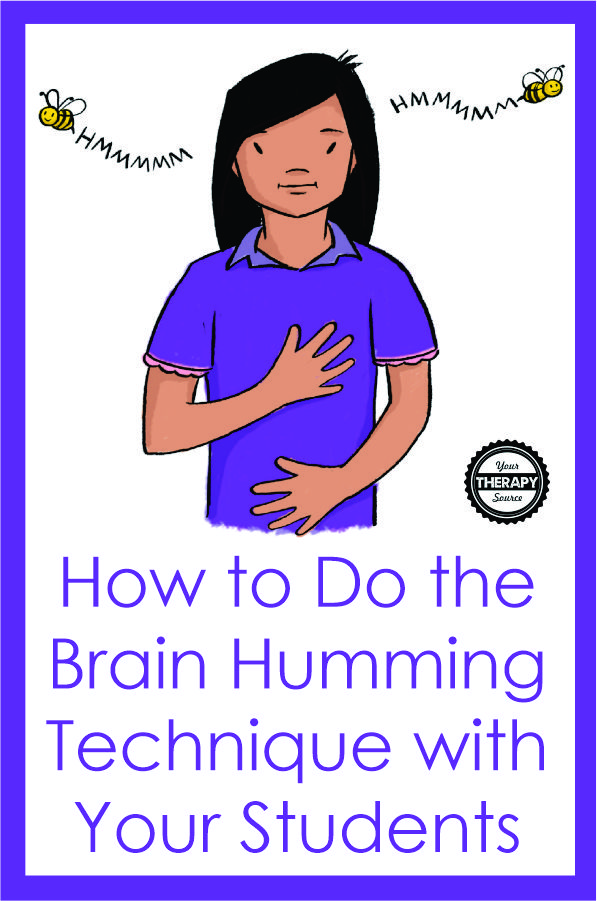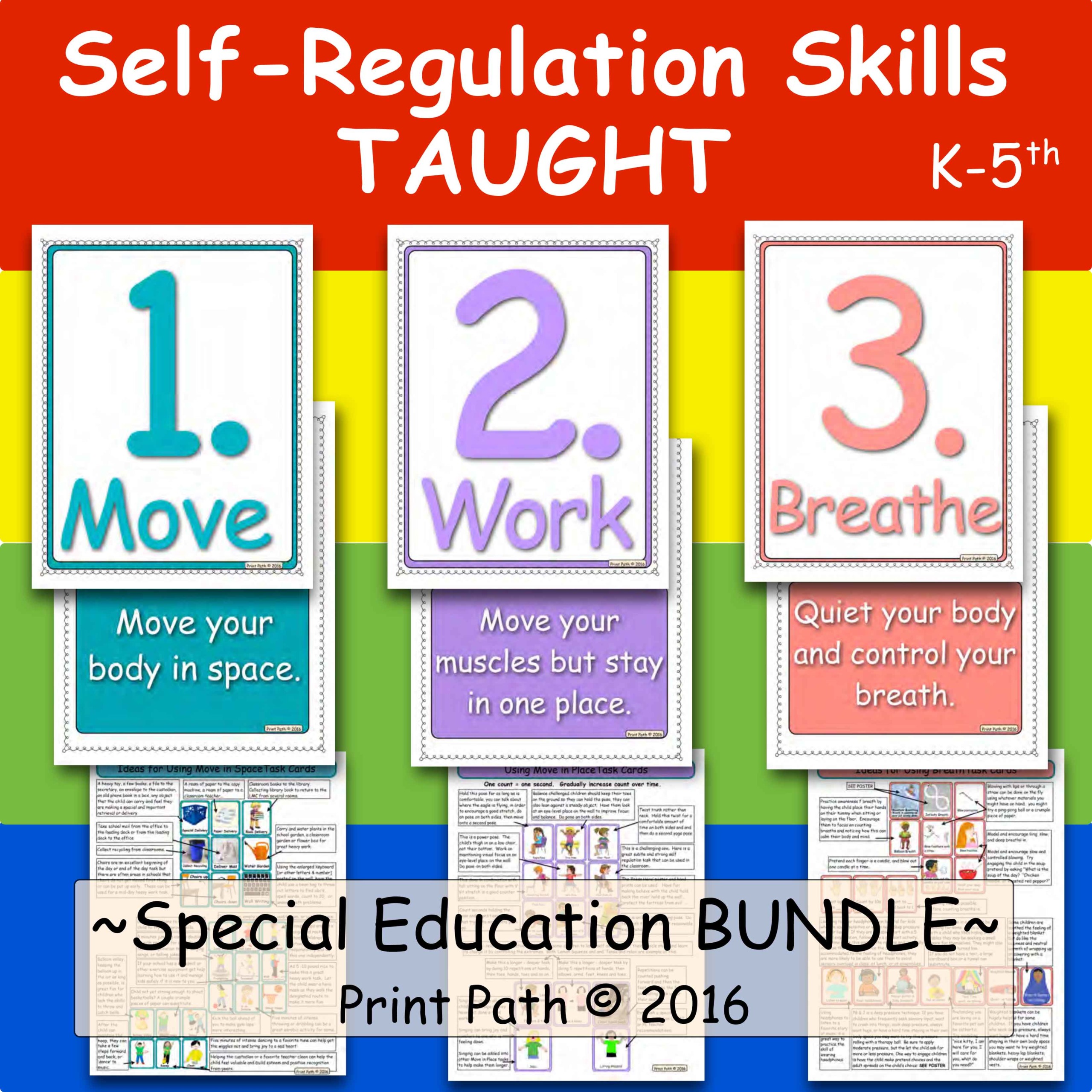Breathing Activities for Kids for Self Regulation
These breathing activities for kids offer easy-to-practice activities for building basic self-regulation in the body of youngsters and in your classroom or at home. When you connect children to an awareness of how they are breathing and give ways they can change and manage their breath themselves, you give them a life-long tool for healthy self-regulation.

When you teach children breathing exercises, it can help them to manage their emotions such as anxiety and frustration. These types of breathing activities for kids are particularly helpful as a self regulation technique to help children calm down and be ready to learn.
The Self Regulated Learner
Self-regulation is a critical competency that underlies executive function in two major ways: social-emotional (appropriate behavior in a social context) and cognitive (focus, academic learning, problem-solving). It is crucial that children learn basic self-regulation in early childhood because it helps children manage their emotions. Teaching emotional intelligence to children is a lifelong skill that can help them as they get older.
Self Control vs. Obedience
Self-regulation is not obedience or compliance but rather the ability to control and navigate one’s feelings, impulses, and behaviors. When children are self-regulated, they can both stop or start doing something, even if they don’t want to. They can delay gratification; think ahead; control impulses and consider options. Breathing techniques give children something specific to do to support themselves when confronted with the challenges of transitions, sharing, waiting, and re-directing impulses.
Many children are coming to school dys-regulated or with low levels of self-regulation.
Breathing exercises can be as simple as deep belly breaths. They are a first step in helping children enhance their capacity to monitor and manage themselves, so they can start to self-regulate sufficiently to feel successful in a school setting.

Self-Regulation Flash Cards – Updated
4 Breathing Activities for Kids
Here are four mindful breathing exercises to try with your students. Try these breathing activities for kids in your classroom or at home.
One of the best deep breathing exercises to start with is Hissing Breath or Balloon Breathing. This technique requires children to make a sound with their breath and to slow it way down, which is an effective way to develop awareness and control of their breathing.
Snake Breath or Balloon Breathing
Breathe in the nose, taking a long, deep inhale.
Then exhale out the mouth on a small hiiiissssssssssssssing sound – like a hot air balloon slowly losing air or a snake hissing.
Go super slow and try to make the exhale last 10-15 seconds or more.
Invite kids to slow their inner speed as they hiss.
Repeat this belly breathing several times so kids can feel how they can use their breath to slow themselves down, mentally and physically.
Humming Breath – Fun Breathing Activities for Kids
This mindfulness activity is like giving yourself a big hug, and is so wonderful for calming, centering, and soothing. It’s a wonderful tool to use on a regular basis, before starting any new activity. It also works well when kids are feeling frustrated, overwhelmed or irritable.

How to Do Humming Breath
Place one hand on your stomach over your belly button.
Place the other hand on your sternum in the middle of your chest.
Take a deep breath and hummmmm while breathing out. Feel the vibration of the sound as you hum and let it ground your body and calm your mind.
Read details about the Brain Humming Technique here.
Fish Breathing Exercise
FIsh breathing exercise is a fun, silly technique because you make a bloop sound on the exhale, like a fish. So, it’s sure to start some laughter, which is an effective way to disperse tension or over-efforting, and help kids not take things too seriously.
Physiologically, when you inhale deeply, you pull in lots of oxygen needed by our brain and body to stay relaxed and alert. When you exhale carbon dioxide completely, you make room for more oxygen which helps us release stress and recharge ourselves.

How to Do the Fish Breathing Exercise
Take a deep breath through your nose.
Expand up your cheeks and … Push it all out through your mouth …
Bloop, bloop, bloop, bloop, blooooooop.
And again, deep breath in your nose…
Expand your cheeks
Exhale out your mouth …
Bloop, bloop, bloop, bloop, blooooooop.
Ocean Breathing Exercise
The ocean breathing exercise has the same hand positions as Humming Breath, but instead of humming, you have children move just their eyes (head remains still) slowly and together from right to left on the exhale.
This movement facilitates improved eye teaming skills and motor coordination. It’s a good tool for bolstering confidence and shifting to calm if kids are feeling anxious, fearful, or confused.
How to Do the Ocean Breathing Exercise
Place one hand on your belly button, place the other in the middle of your chest.
Press your thumb and forefinger into the soft tissue points beneath your collar bones on either side of your sternum.
Inhale fully through your nose and then, as you exhale slowly, move just your eyes from right to left.
There are many activities that help kids to self-regulate, and deep breathing techniques are some of the simplest and most effective. By helping kids to focus on their breath, they can calm down and center themselves, which can be helpful in difficult situations or when feeling overwhelmed. There are many different breathing exercises that can be adapted for kids of all ages, so try out a few and see which work best for your child!

Self Regulation Triggers and Calming Tools
Resources to Help
These breathing activities for kids are part of the Adventure Series. The Adventure Skill Self-Regulation Flash Cards are printable (or printed) 11″ x 8.5” cards in PDF format, with colorful images on the front and easy-to-follow directions on the back.
They offer child-friendly activities that support well-being, physical development and enhance social-emotional learning. The 16 Adventure Skill Self-Regulation Flash Cards are all of the kid-friendly health and self-regulation techniques taught and used in the yoga adventures
Use them at home and at school to:
- encourage physical activity
- take a brain break
- Teach/Reinforce the use of the Scooter & Me Adventure Skills
- Manage stress and enhance well-being, focus, and learning
- Develop impulse control, thoughtful behavior, and emotional resilience
The activities are a combination of creative movement, yoga, Brain Gym(R), and educational research to optimize physical and cognitive development.

Self Regulation Skills Curriculum – Move Work Breathe
More Breathing Activities for Kids
BUNNY BREATHING AND OTHER EXERCISES TO EMPOWER, CALM, AND SELF REGULATE
BUMBLE BEE BREATHING BREAK – DEEP BREATHING EXERCISE


